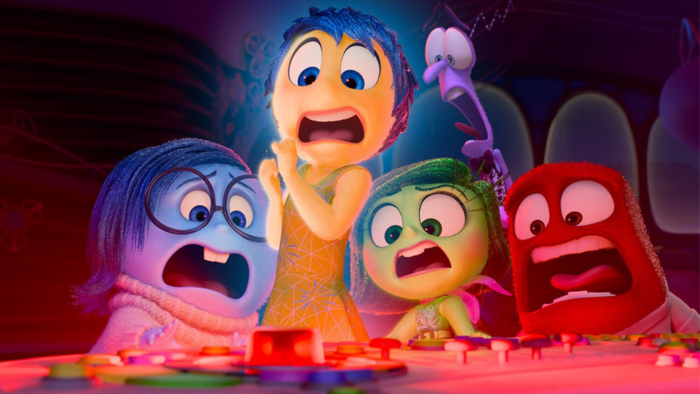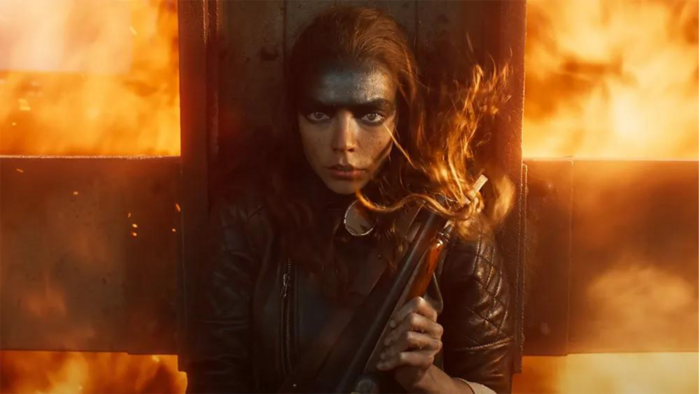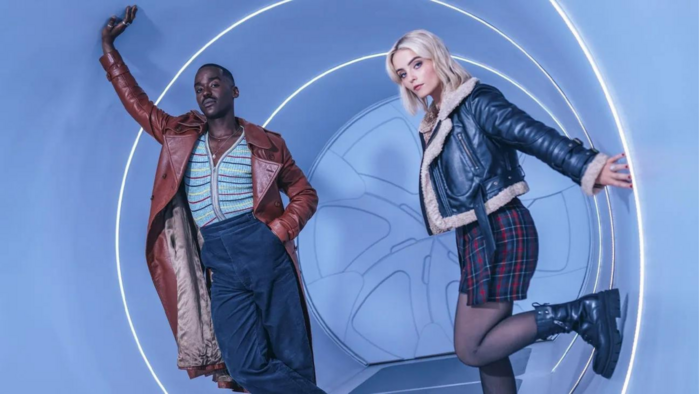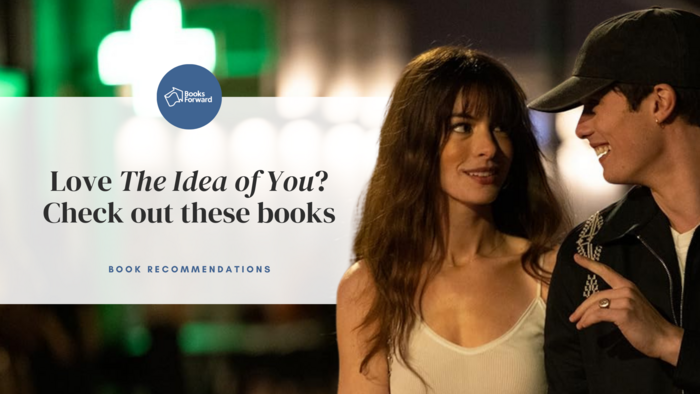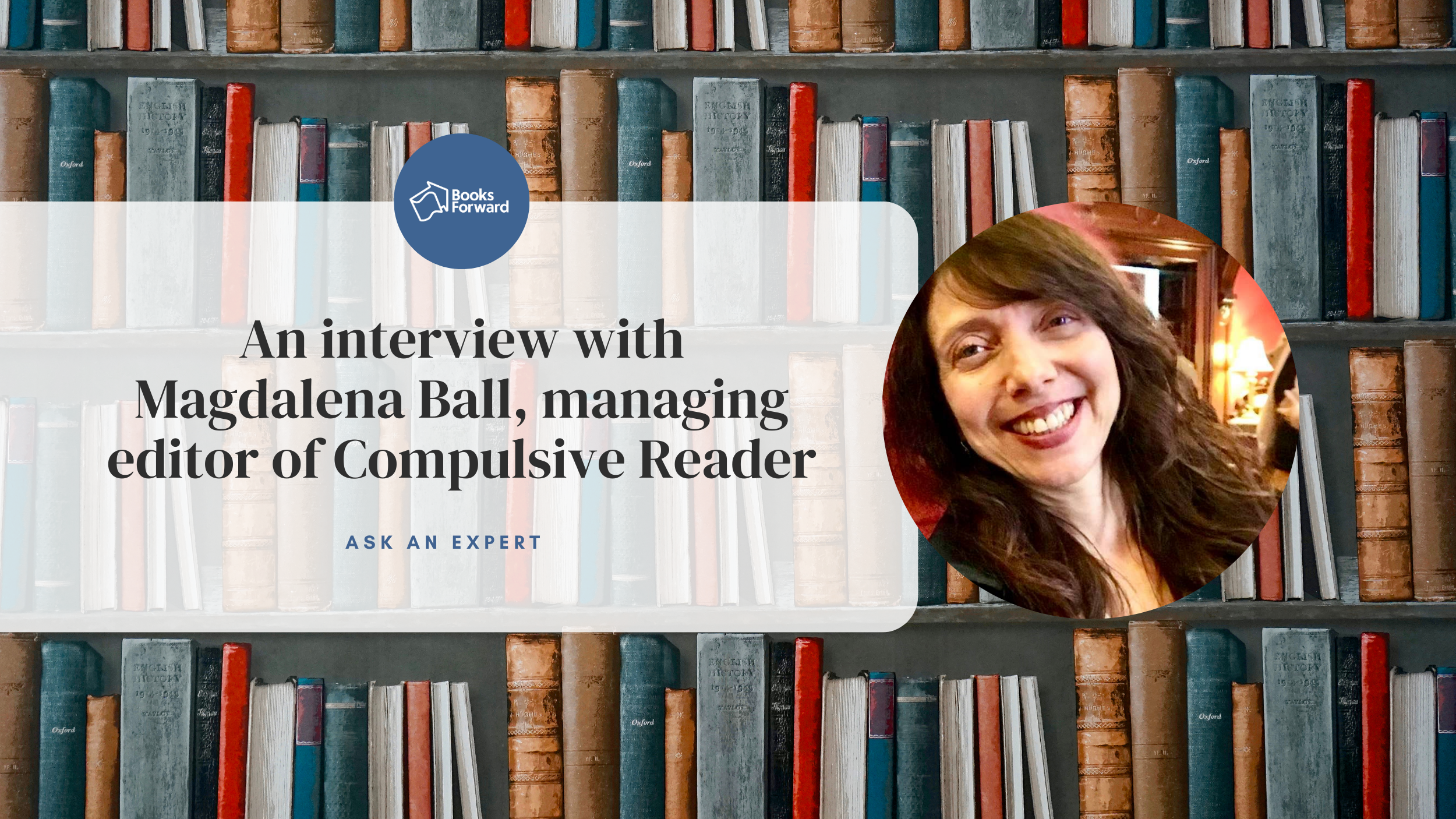As soon as the temperatures start to rise and anyone mentions the word “summer,” I start itching to get out my swimsuit and the sunscreen and take to the water, in whatever form I can get it. Whether you’re a pool person, a beach person, a lake person, or you prefer to take to the river, there’s a book that can take you there, even if only in spirit.
MAKE A SPLASH AT THE POOL
The best form of rehabilitation for Verónica’s disability is swimming, so she spends hours in the pool. She also wants to audition for Mermaid Cove, a kitschy underwater attraction where professional mermaids perform in giant tanks. But her conservative Peruvian parents would never go for it. And they definitely would never let her be with her cute new neighbor. She decides to seize control of her life, but her plans come crashing down when she learns her parents have been hiding the truth about her own body.
The swimmers are unknown to one another except through their private routines. But when a crack appears at the bottom of the pool, they are cast out into an unforgiving world. For Alice, one of the swimmers, the pool was a final stand against the darkness of her encroaching dementia. Without the fellowship of other swimmers and the routine of her daily laps she is plunged into dislocation and chaos, swept into memories of her childhood and the Japanese American incarceration camp in which she spent the war.
Kate is assigned to write about the closing of the local lido (an outdoor pool and recreation center), where she meets Rosemary, an 86-year-old widow who has swum at the lido daily since she was a child. It was here Rosemary fell in love with her husband, George; here that she’s found communion during her marriage and since George’s death. But when a local developer attempts to buy the lido, Rosemary’s memories and sense of community are under threat. As Kate dives deeper into the lido’s history — with the help of a charming photographer — she pieces together a portrait of the pool, and a portrait of a singular woman, Rosemary.
The story of the mysteriously wealthy Jay Gatsby and his love for the beautiful Daisy Buchanan, of lavish parties on Long Island in 1920s America.
Ren Yu’s daily life starts and ends with the pool. Her teammates are her only friends. Her coach is her guiding light. If she swims well enough, she will be scouted, get a scholarship, and go to a good school. Her parents will love her. She will have a good life. But Ren grew up on stories of creatures that called sailors to their doom. The creature that she’s always longed to become: the mermaid. Ren will do anything she can to make a life for herself where she can be free. No matter how much blood she has to spill.
RELAX LAKESIDE
A bereaved and pursued musician embarks under sail on a sentient Lake Superior in search of his departed, deeply beloved, bookselling wife. Encountering lunatic storms and rising corpses from the warming depths, Rainy finds on land an increasingly desperate and illiterate people, a malignant billionaire ruling class, crumbled infrastructure and a lawless society. Rainy is lifted by physical beauty, surprising humor, generous strangers, and an unexpected companion in a young girl who comes aboard.
Daphne is stranded in Michigan after her fiancé Peter leaves her for his childhood friend, Petra. She doesn’t have friends or family around, but she does have a dream job as a children’s librarian and her roommate who understands her predicament: Petra’s ex, Miles. Scruffy and chaotic, Miles is exactly the opposite of practical, buttoned-up Daphne. While drowning their sorrows, the roommates form a tenuous friendship and a plan that involves posting deliberately misleading photos of their summer adventures together. But it’s all just for show…right?
Every woman Justin dates finds their soulmate the second they break up. Emma has the same problem, so they come up with a plan: They’ll date each other and break up. Their curses will cancel each other out, and they’ll both go on to find love. Emma and her best friend agree that dating Justin is too good of an opportunity to pass up, especially when they get to rent an adorable cottage on a private island on Lake Minnetonka. It’s supposed to be a quick fling, but when Emma’s toxic mother shows up and Justin has to assume guardianship of his three siblings, they’re suddenly navigating a lot more than they expected — including real feelings.
Everyone who lives near the lake knows the stories about the world underneath it, an ethereal landscape rumored to be half-air, half-water. But Bastián Silvano and Lore Garcia are the only ones who’ve been there. Bastián grew up both above the lake and in the otherworldly space beneath it. Lore’s only seen the world under the lake once, but that one encounter changed their life and their fate. As the world under the lake drifts above the surface, Bastián and Lore have to stop it. But to do that, they have to work together. There’s just one problem: Bastián and Lore haven’t spoken in seven years.
Casey Fletcher, a recently widowed actress trying to escape bad press, has retreated to her family’s lake house in Vermont. She passes the time watching Tom and Katherine Royce, the glamorous couple living in the house across the lake. One day, Casey saves Katherine from drowning, and the two strike up a friendship. It becomes clear that Katherine and Tom’s marriage isn’t as perfect as it appears. When Katherine vanishes, Casey suspects Tom of foul play. But here’s more to the story than meets the eye.
Lara’s daughters return to their family orchard in Northern Michigan, prompting Lara to recount her past romance with actor Peter Duke. As the story unfolds, the daughters reflect on their own lives and relationship with their mother, leading to a reevaluation of their worldviews. The novell delves into themes of love, family dynamics, and finding happiness amidst chaos, showcasing Patchett’s renowned narrative skill and insightful exploration of human relationships.
A BIT OF SAND AND SEA
As a panicked world goes into lockdown, Lucy Barton is uprooted from her life in Manhattan and bundled away to a small town in Maine by her ex-husband and on-again, off-again friend, William. For the next several months, it’s just Lucy, William, and their complex past together in a little house nestled against the moody, swirling sea.
Cee awoke on an abandoned island three years ago. With no idea of how she was marooned, she only has a rickety house, an old android, and a single memory: She has a sister, and Cee needs to find her. STEM prodigy Kasey wants to escape from the science and home she once trusted. The Metropolis — Earth’s last unpolluted place — is meant to be a sanctuary for those committed to planetary protection, but it’s populated by people willing to do anything for refuge, even lie. Now, she’ll have to decide if she’s ready to use science to help humanity, even though it failed the people who mattered most.
Deadly storms have ravaged Mina’s homeland for generations. In an attempt to appease the Sea God, each year a beautiful maiden is thrown into the sea, in the hopes that one day the “true bride” will be chosen and end the suffering. On the night Shim Cheong is to be sacrificed, her beloved Joon follows her out to sea, and to save him, his sister throws herself into the water. Swept away to the Spirit Realm, Mina finds the Sea God caught in an enchanted sleep. With the help of a mysterious young man named Shin — as well as a motley crew of demons, gods and spirits — Mina sets out to wake the Sea God and bring an end to the killer storms once and for all.
Sophie Ducel’s honeymoon in French Polynesia was intended as a celebration of her thriving Parisian architecture firm, co-founded with her brilliant new husband. Barry Bleecker had turned away from Manhattan finance and set his sights on fine art, seeking creative inspiration on the other side of the world. But when their small plane is downed in the middle of the South Pacific, the sole survivors of the wreck are left with one common goal: to survive.
Kieran Elliott’s life changed forever on the day a reckless mistake led to devastating consequences. The guilt that still haunts him resurfaces during a visit with his young family to the small coastal community he once called home. Kieran’s parents are struggling in a town where fortunes are forged by the sea. Between them all is his absent brother, Finn. When a body is discovered on the beach, long-held secrets threaten to emerge.
SET OFF DOWN THE ROARING RIVER
When the body of wealthy landowner Jimmy Quinn is found floating in the Alabaster River, the investigation falls to Sheriff Brody Dern. Vicious rumors begin to circulate that the killer must be Noah Bluestone, a Native American WWII veteran. Caught up in the torrent of anger are a war widow and her adolescent son, the intrepid publisher of the local newspaper, an aging deputy, and a crusading female lawyer, all of whom struggle with their own tragic histories and harbor secrets that Quinn’s death threatens to expose.
Wynn and Jack have been best friends since college orientation, bonded by their shared love of mountains, books, and fishing. When they decide to canoe the Maskwa River in northern Canada, they anticipate long days of leisurely paddling. But a wildfire making its way across the forest adds unexpected urgency. One night, they hear a man and woman arguing on the fog-shrouded riverbank; the next day, a man appears on the river, paddling alone. Is this the same man they heard? And if he is, where is the woman?
Ten years after being sent away to the mainland to become a bard, Jack Tamerlaine is summoned home to Cadence. Girls are going missing from the island, and Adaira, his childhood nemesis and the future leader of the clan, believes Jack is the only one who can find them. The elemental spirits find mirth in the lives of the humans, and a bard’s music is the only way to summon them and ask that the girls be returned. Yet as Jack and Adaira get closer to solving the mystery, it becomes apparent that an older, darker secret about Cadence lurks beneath the surface, and no harp song may be strong enough to stop it.
Peter Grant was just another probationary constable in the Metropolitan Police until he tried to take a witness statement from a man who was dead. That brought him to the attention of Chief Inspector Nightingale, the last wizard in Britain. Now he is the first apprentice wizard in 50 years, and there’s something festering at the heart of the city, a malicious, vengeful spirit that takes ordinary Londoners and twists them into grotesque mannequins to act out its drama of violence and despair.
On a dark night in an ancient inn on the river Thames, the door bursts open on a grievously wounded stranger. In his arms is the lifeless body of a small child. Hours later, the girl stirs, takes a breath and returns to life. Those who dwell on the river bank apply all their ingenuity to solving the puzzle of the girl who died and lived again, yet as the days pass the mystery only deepens. The child herself is mute and unable to answer questions. Three families are keen to claim her. Each family has mysteries of its own, and many secrets must be revealed before the girl’s identity can be known.
Ellen Whitfield is senior publicist at Books Forward, an author publicity and book marketing firm committed to promoting voices from a diverse variety of communities. From book reviews and author events, to social media and digital marketing, we help authors find success and connect with readers.
Interested in what’s possible for your book sales and building readership? Check out our services, tell us your goals, and get a customized publicity campaign tailored just for you.


